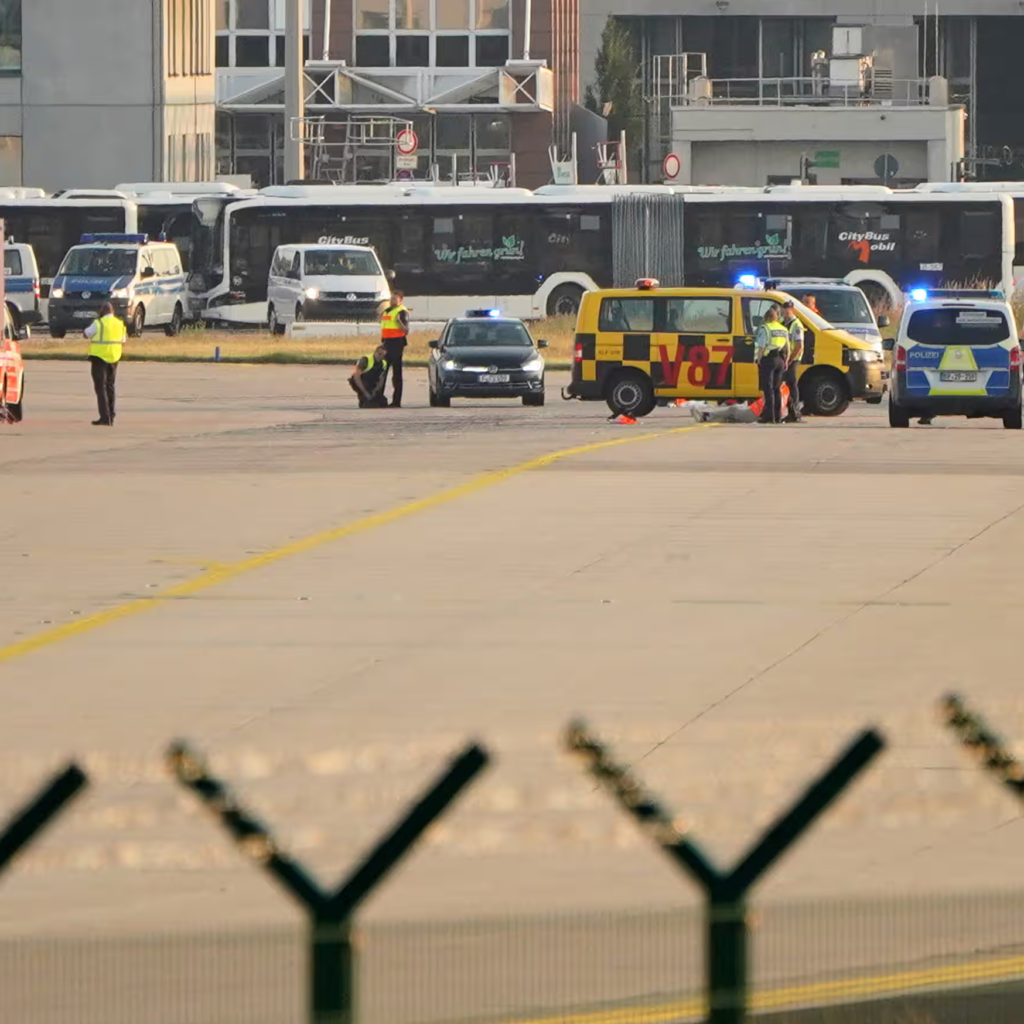
Tucked away in an office park hundreds of miles from the southeast Florida coast, where North America’s only barrier reef is at dire risk, a collection of brain corals performed a once-a-year feature: producing a constellation of egg sacks, each a bundle of hope.
The brain corals, with their geometric groove design, are among more than 500 coral specimens arranged within rows of tanks inside the Florida Coral Rescue Center. This facility is staffed by SeaWorld and funded by Disney, the Fish and Wildlife Foundation of Florida, and the Association of Zoos and Aquariums. Located a few miles from the theme parks, off a congested highway, this nondescript facility plays a crucial role in coral conservation.
A half-dozen conservationists gathered here on a recent evening and invested a year’s worth of work in this event. They calibrated the lighting to emulate the days, nights, and seasons of the Florida Keys, from where many of the corals were rescued. They meticulously maintained the water inside the tanks, ensuring the chemistry and temperature were precise to recreate conditions that would signal to the corals it was time to spawn.
Their efforts paid off. Slowly, the egg bundles, each no larger than a pea and filled with 10 to 15 eggs, rose to the surface, where they were collected with nets. In time, the eggs would be fertilized, and baby corals would be raised in hopes of eventually transplanting them back to the reefs, giving them a fighting chance against the heat and disease that threaten their existence. Read More
News Credit: Inside Climate News
Picture Credit: Katey Lesneski/NOAA











